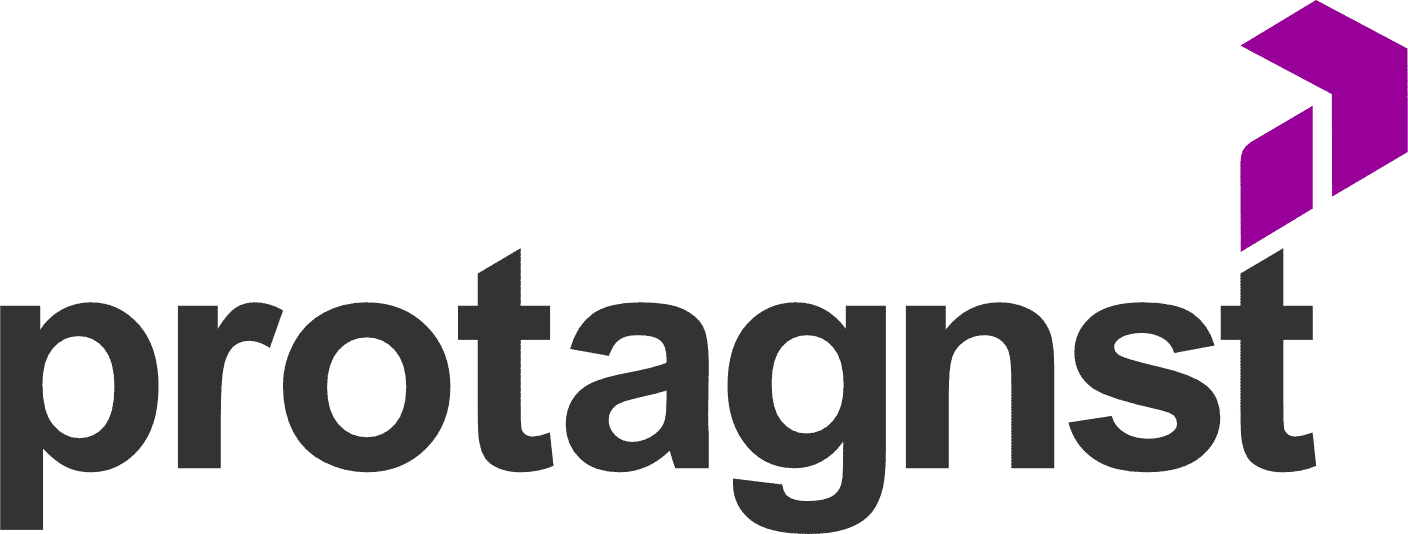Cold Call 2.0: discover the future of customer prospecting

Prospecting customers is a task that is part of the daily life of those who work with sales. There are several strategies to get new leads and one of the best known is the cold call, that technique in which the seller or responsible for pre-sales reaches out to someone who may not even know […]

